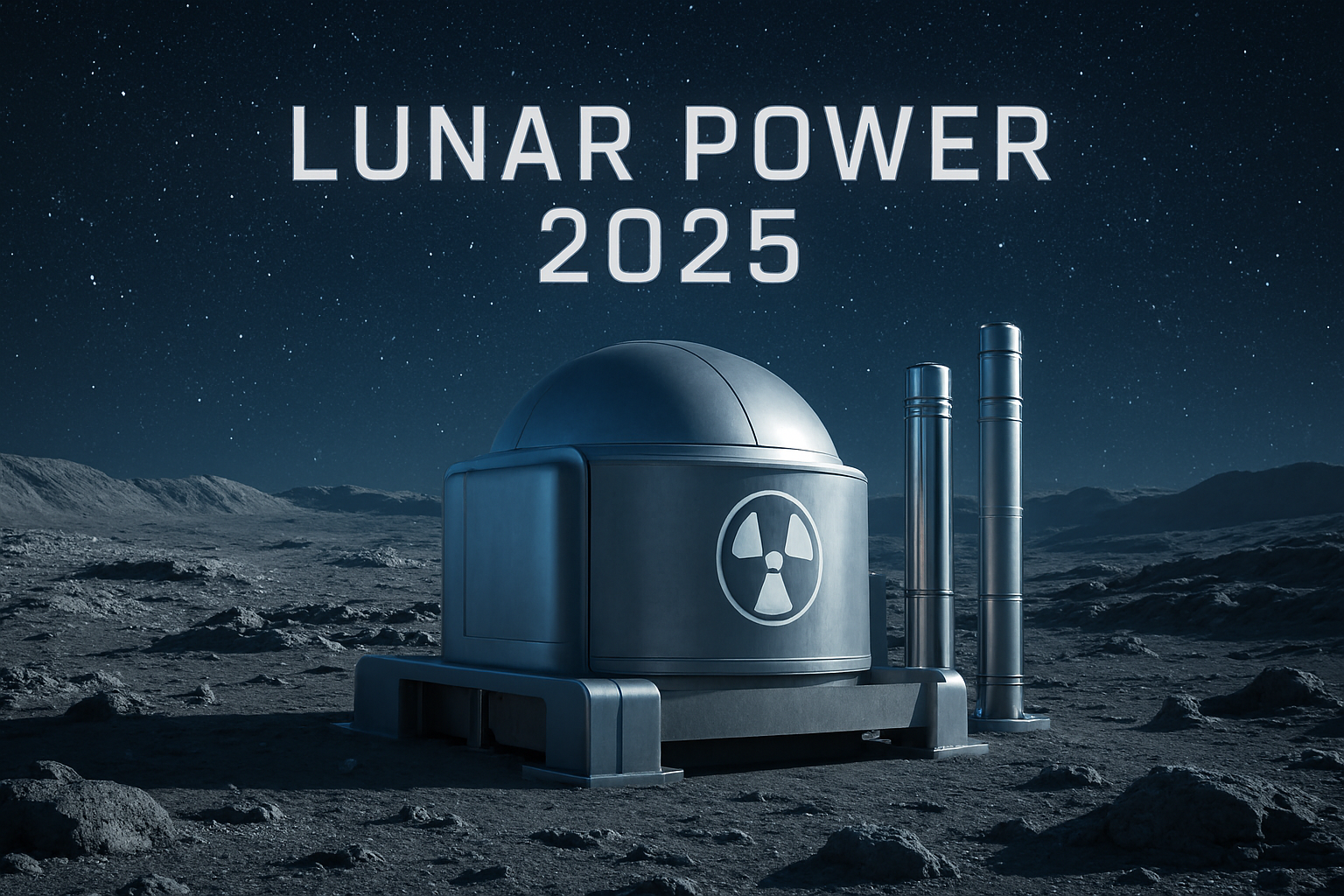NASA Moon Nuclear Reactor 2025: Fast-Tracking Lunar Power to Outpace Rivals

NASA’s bold push to place a nuclear reactor on the moon signals a new chapter in the space race, aiming to secure U.S. dominance in lunar exploration, per The New York Times. The NASA moon nuclear reactor 2025 initiative, driven by the Trump administration, seeks to outpace China and Russia’s joint lunar plans. As the agency targets a 2030 launch, what does this mean for lunar missions and global competition?
The Directive: A Race for Lunar Power
NASA’s interim administrator, Sean Duffy, issued a directive to expedite a lunar nuclear reactor:
- Plan Details: The reactor, generating 100 kilowatts—enough for 80 U.S. households—must be ready by late 2029, per The New York Times. NASA will appoint a project leader within 30 days and seek industry proposals within 60 days, per Politico.
- Geopolitical Stakes: Duffy cites China and Russia’s mid-2030s reactor plans, warning a rival’s reactor could create a “keep-out zone,” limiting U.S. lunar access, per The Independent. China’s 2028 Chang’e-8 mission aims to lay groundwork for a lunar base, per Daily Mail.
- Context: NASA’s prior 2022 contracts explored 40-kilowatt reactors, but Duffy’s plan scales up power and shortens timelines, per Bloomberg.
Critical Perspective: Gaps in the Narrative
The establishment narrative, per The New York Times and Politico, frames the reactor as critical for lunar bases and U.S. leadership. However, key issues are overlooked:
- Unclear Purpose: The directive lacks specifics on what the reactor will power, as NASA’s Artemis landing is slated for 2027 but faces delays, per The Verge. No lunar base timeline exists, per The New York Times.
- Budget Contradictions: Trump’s 2026 budget boosts human spaceflight but cuts science missions by 50%, potentially straining reactor funding, per The Planetary Society. Only $350 million is allocated for 2026, per The Independent.
- Technical Risks: Scaling from 40 to 100 kilowatts in five years is ambitious, with regulatory hurdles for launching nuclear material, per Economic Times. China claims a more efficient 18kg uranium design, per Economic Times.
- Public Engagement: The narrative omits public outreach, despite 60% of Americans supporting lunar exploration, per Pew Research.
This focus on urgency risks glossing over feasibility and transparency concerns.
Implications for Space Exploration
The reactor plan shapes future missions:
- Lunar Sustainability: A 100-kilowatt reactor could power bases during two-week lunar nights, unlike solar panels, enabling long-term stays in the south polar region, per The New York Times.
- Space Race Dynamics: Success could secure U.S. lunar influence, while China’s 2030 astronaut landing looms, per Fox News. Russia’s 2035 reactor plan adds pressure, per The Telegraph.
- Commercial Role: NASA’s pivot to commercial rockets and space stations, per Bloomberg, aligns with replacing the International Space Station by 2030, per The New York Times.
Recommendations for Engagement
- Public: Follow updates at nasa.gov and share thoughts on X at @NASA.
- NASA: Launch a STEM education initiative with private firms to teach nuclear fission applications, inspired by Artemis camps, per NASA.
- Industry: Submit reactor proposals by October 2025, per Politico, to shape lunar energy solutions.
Conclusion
The NASA moon nuclear reactor 2025 directive marks a bold step to lead the second space race, but technical and budgetary hurdles loom. Public engagement and transparency are key to its success. Share your views on lunar exploration below.










